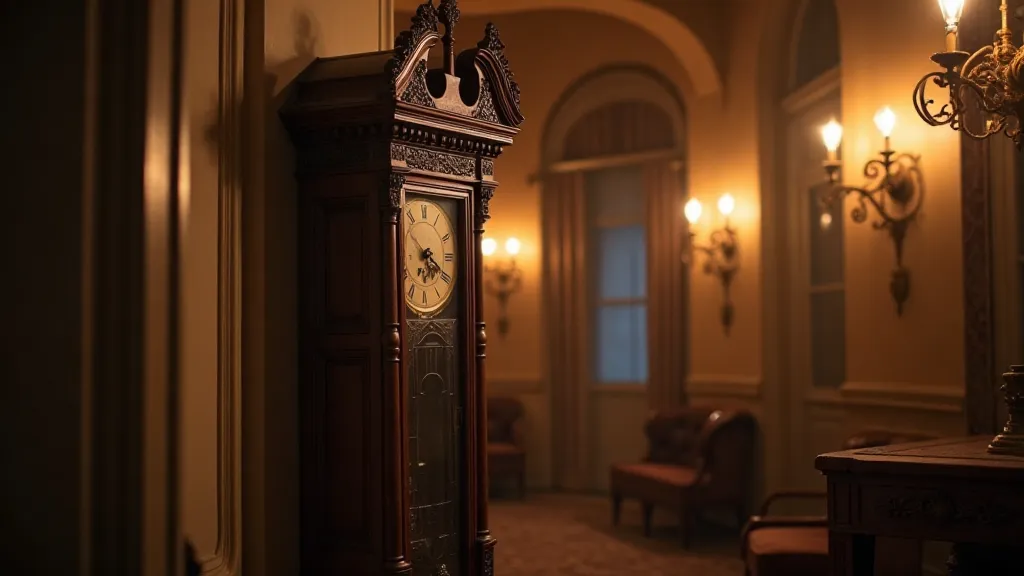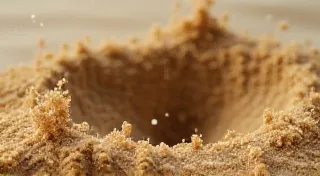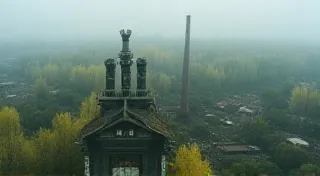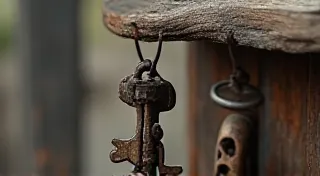The Silent Echoes of Time: Unearthing Stories in Clock Mechanisms
There's a profound stillness that descends when you hold an antique clock. It's not merely silence; it’s a pregnant quiet, laden with the weight of moments passed, lives lived, and generations that have marked its passage. More than just timekeeping devices, antique clocks are tangible links to history, silent witnesses to the ebb and flow of life, and vessels holding untold stories. The intricate mechanisms within, the aged wood, the faded paint – they are all echoes of the hands that crafted them, the homes they graced, and the lives they measured.
My fascination began with a grandfather clock, rescued from a dusty attic in my grandmother's house. It hadn't chimed in decades, a melancholic presence gathering dust and cobwebs. The scent of aged wood and metal instantly transported me to a different era. As a child, I’d often sit mesmerized, imagining the family who’s lives revolved around its regular ticks and tolls – the children grown, the meals cooked, the seasons turning, all underscored by that steady rhythm. Restoring it became more than a project; it was an act of remembrance, a commitment to giving voice to a forgotten narrative.
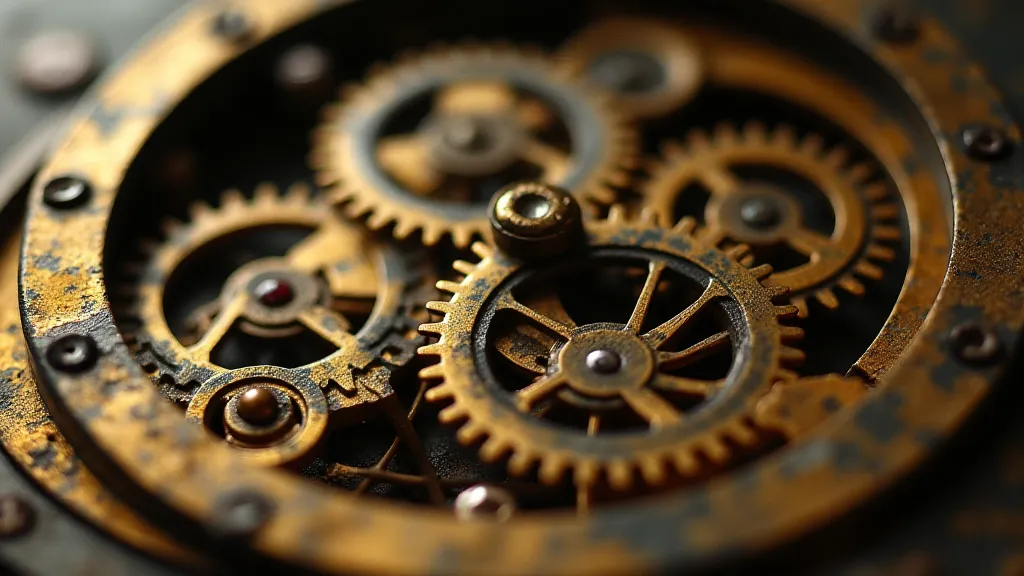
A History Etched in Brass and Wood
The history of clockmaking is intertwined with the evolution of technology and society. From the early sundials and water clocks of ancient civilizations to the marvels of 18th and 19th-century mechanical horology, the pursuit of accurate timekeeping has driven innovation. The rise of mass production in the Industrial Revolution made clocks accessible to a broader population, marking a shift from bespoke creations for the wealthy to functional timepieces for the middle class. Consider the differences between a meticulously hand-carved Black Forest cuckoo clock, each element sculpted with care, versus a more standardized, factory-produced mantel clock of the same period.
During the Victorian era, clocks held a unique significance. They weren't merely functional; they were symbols of status and refinement. Elaborate designs, intricate marquetry, and the inclusion of musical chimes were hallmarks of the era's aesthetic. Owning a fine clock indicated prosperity and an appreciation for the finer things in life. The very act of tending to a clock – winding it, cleaning it, ensuring its accuracy – became a ritual, a way to connect with tradition and family history.
The Emotional Resonance of Restoration
Restoring an antique clock isn't just about replacing worn parts or repairing broken mechanisms. It’s a delicate dance between preservation and intervention. You’re not just fixing a machine; you're preserving a piece of history, honoring the craftsmanship of the original maker, and, in a way, resurrecting a connection to the past. Each ticking second you restore is a testament to resilience and the enduring power of human ingenuity.
The process itself is often revealing. Discovering hidden markings, remnants of old repairs, or even fragments of personal inscriptions can unlock tantalizing glimpses into the clock's previous life. I once found a tiny, faded drawing tucked inside the case of a Victorian mantel clock - likely drawn by a child who watched the clockwork unfold before their eyes. That small sketch imbued the clock with a whole new layer of meaning.
There's a palpable satisfaction that comes from bringing a silent clock back to life. Hearing the familiar chime resonate once more, seeing the pendulum swing with renewed vigor, is a truly rewarding experience. It’s a moment of connection, a bridge across time, and a reminder of the enduring human desire to mark and measure the passage of moments.
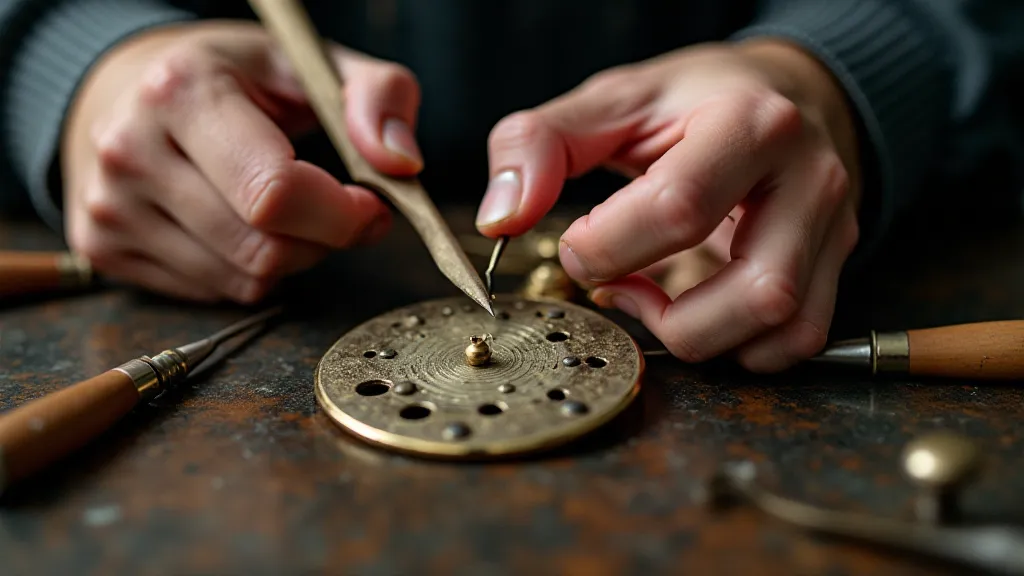
Subtle Insights for Collectors and Enthusiasts
For those drawn to antique clocks, collecting and restoration offer unique avenues for exploring history and craftsmanship. While pristine condition is often valued, understanding the clock's journey – the wear and tear, the repairs and modifications – can be equally fascinating. These “imperfections” tell a story of their own, revealing the clock’s life and the people who interacted with it.
When considering a clock for restoration or acquisition, look beyond the superficial. Examine the movement closely, paying attention to the quality of the materials and the precision of the construction. Research the maker’s reputation and the clock's provenance. Understanding the clock’s history can significantly impact its value and, more importantly, enrich your appreciation of it. Different makers had different hallmarks, and learning to identify these can provide valuable clues about the clock's origin and age.
Restoration requires patience, skill, and a deep respect for the original artifact. It’s not about creating a perfect replica; it’s about preserving the clock’s integrity and honoring its history. Seek guidance from experienced restorers, study historical techniques, and embrace the learning process. The goal isn't to erase the past but to ensure its echoes continue to resonate.
Beyond Functionality: A Legacy of Time
Antique clocks are more than just timekeeping devices; they are tangible links to our past. They embody the craftsmanship, the aesthetics, and the values of previous generations. Restoring them is an act of preservation, a way to ensure that these echoes of time continue to resonate for generations to come. The gentle tick-tock isn’t just a measure of seconds passing; it’s a rhythm connecting us to those who came before, reminding us of the enduring human story etched in brass, wood, and the passage of time.
